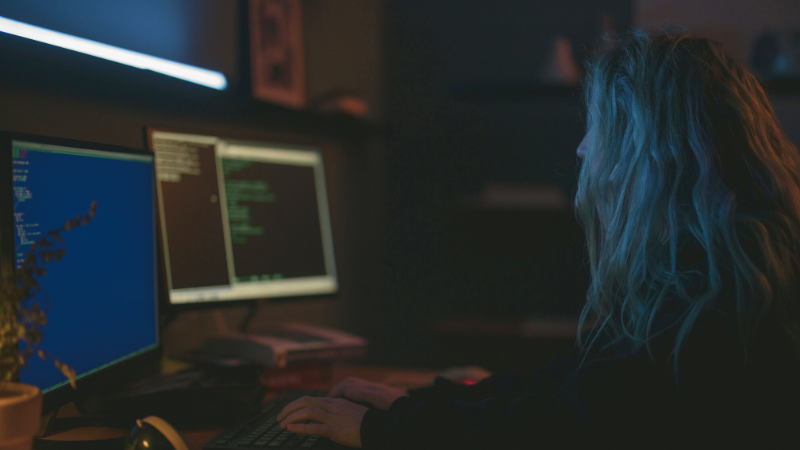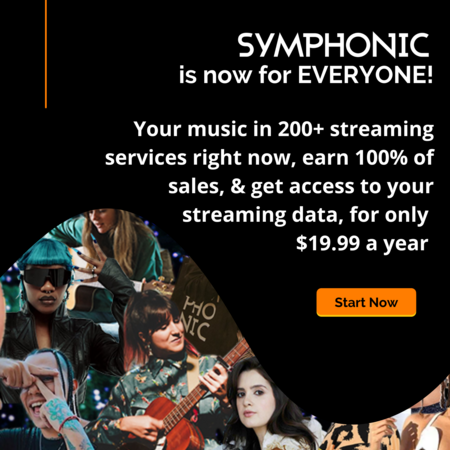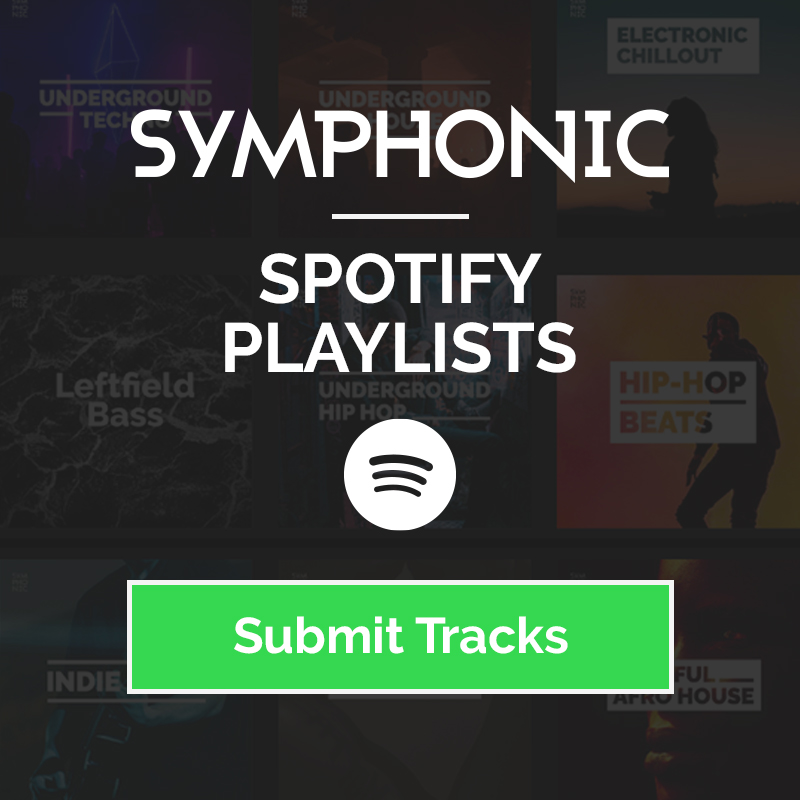
by Francesca | Nov 23, 2023 | Legal, Music Industry
In today’s rapidly evolving digital landscape, the importance of protecting your creative works, particularly your music, has never been more prevalent. With the rise of online sharing and distribution, creators face new challenges in safeguarding their intellectual property. Luckily, our friends over at Cosynd have some tips to help you combat infringement effectively, including utilizing the new Copyright Claims Board. Here’s what you can do…
What To Do If Your Music Gets Stolen or Misused
Register Your Copyright
The first and most fundamental step in protecting your music is registering your copyright with the U.S. Copyright Office. This legal action establishes your ownership and strengthens your position in the event of infringement. In fact, you cannot legally enforce your rights as the owner without a registration in hand.
Monitor Your Content
Regularly track the use of your music online. Utilize digital tools and services to identify any unauthorized sharing or use. This proactive approach will help you identify potential violations promptly.
Issue Takedown Notices
If you come across instances of unauthorized use, issue Digital Millennium Copyright Act (DMCA) takedown notices to the hosting platforms. This action prompts them to remove the infringing content.
Take Legal Action
If you find your work is intentionally reproduced, distributed, performed, publicly displayed, or made into a derivative work without your permission, you can pursue legal action.
Note: New regulations mandate that you must have an official registration with the U.S. Copyright Office before you can file a lawsuit. Other types of registrations or mailing your music to yourself are not alternative precautions. Early registration can grant you a large payout — up to $150,000 per infringement PLUS your legal fees, but only if you register before your music is stolen or misused.
Get Justice Without Breaking the Bank
We understand that Federal Court isn’t always an affordable option. Excitingly, the new Copyright Claims Board (CCB) offers an accessible path to address infringements without excessive costs or the requirement to hire an attorney. The CCB operates independently of the courts and provides a streamlined process for resolving disputes of up to $15,000 per work and $30,000 per case.
This alternative to federal courts is designed to empower creators and copyright holders, offering a more accessible and less complex way to navigate disputes. Through its electronic filing and case management system, the eCCB platform, the CCB is equipped to handle three key types of copyright disputes, spanning copyright infringement, declaration of noninfringement claims, and disputes regarding misrepresentations in DMCA notices.
Engage Legal Assistance
In more complex cases, consulting legal professionals with expertise in intellectual property can be invaluable. They can guide you through legal proceedings and ensure that your rights are adequately protected.
By taking these steps, you not only safeguard your music but also uphold the value of your creative efforts.
Good luck!

by Francesca | Nov 16, 2023 | Legal, Music Industry, Playlists
“Fake” artists are impersonators who steal music from real, hard-working artists like you and upload the tracks on streaming platforms like Spotify and Apple Music under false names through unsuspecting distributors. These fake artists also create fraudulent playlists with hundreds of fake songs, making them thousands of dollars in royalties stolen from their rightful owners. It’s important as a community that we fight against these practices, and the first step is learning how to recognize them. In this post, we’ll show you what to look for…
How To Detect Fake Spotify Playlists
A Blank Profile
One of the most obvious ways to tell if a playlist is fake is to check out the playlist curators’ profile. Typically, a real profile will have fully filled out bio, profile picture, links to socials, etc. Take a look at the followers, too. A playlist with tons of likes accompanied by a curator with no followers is definitely sus. Alternatively, if the followers they do have also have no profile pics, weird names or no additional info, those are most likely bots and another good sign to stay away.
Offering Paid Placements
Paying to be featured in a playlist is not only against Spotify’s policy, but also illegal. Oftentimes a fraudulent playlist curator will have a bio that claims you can be featured too, for a price. Typically, these playlists are using illegal third-party services, bots and click-farms to amass all those streams. If your own music gets caught on one of these playlists, you risk being removed from the entire platform yourself. Worth the risk? I don’t think so.
Many Different Genres
The whole point of a playlist is to serve you a certain vibe, set a mood, and offer a perfectly curated list of songs. That being said, if you spot a playlist with no specific vibe to it and tons of different genres sprinkled throughout, that’s a red flag. Let’s be real… going from Heavy Metal to Hyper-Pop to Country on a single playlist doesn’t make sense, no matter how diverse your taste is.
Random Related Artists
Click on some of the artists in the playlist and go to their “Fans also like” section. If these recommendations consist of artists who are completely different genres or have sketchy profiles, run the other way. This one may take you some time to vet, but it’s always better to take the time to be safe than to be sorry later. To be safe, I recommend checking 5 or 6 “artists”.
Inconsistent Followers
If a playlist is popping off with thousands of followers, shouldn’t the playlist curator themselves also have a similar number of followers on their personal profile? Typically, that’s how this music streaming thing works, right? You gain organic fans of your music and they follow you. (Duh!) That being said, if a playlist has a big discrepancy between the amount of followers and streams on the playlist versus the curator’s profile, this is a big, telltale sign that bots are running rampant.
You may be thinking… “How do these fake playlists even happen?”
Through independent distributors with limited oversight, these “fake” artists swindle their way through the process and upload infringing content right under the distributors’ nose. While these practices are strongly prohibited, these impersonators simply lie, using fake information along with other various tactics hoping nobody notices until it’s too late. This seems too easy to be true, but it works. In fact, it has been working so well that these impersonators have been making insane amounts of money off of music they have zero right to.
That’s why it’s so important to be wary of fake playlists and stolen music. It’s up to us as a community to report activity like this when we see it, do our best to protect each other from falling victim to these scams, and learn how to navigate situations like these when they do arise.
“What do I do if my music has been stolen?”
In the unfortunate case that your music has been stolen by one of these scammers, don’t freak out. There are a couple things you can do. From making sure your copyrights are in order to issuing takedown notices and taking legal action. Before any of these, however, the first thing you should do is report it to Spotify.
To do this, follow these steps:
- On the desktop app, right-click the playlist title or artist name.
- Select Report. A form will open in your browser.
- Complete the form and Submit.
The next thing you can do is make a legal claim on the content. Each report is investigated on a case-by-case basis, and any content that is deemed inappropriate will be removed. To make a legal claim, click here.
Good luck!




